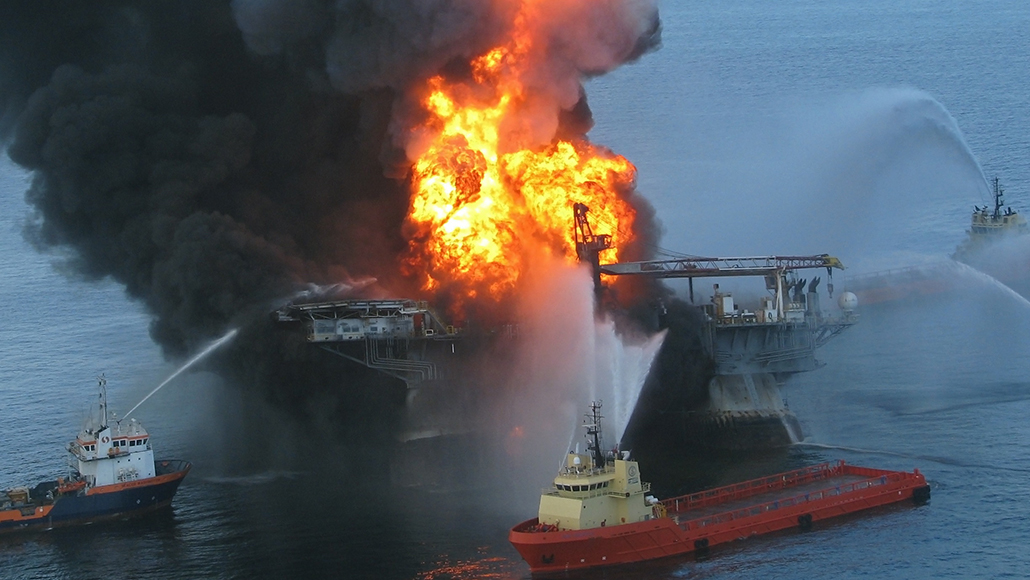
After the 2010 Deepwater Horizon oil spill, the Gulf of Mexico area closed for fishing did not include vast swaths of ocean that contained invisible but toxic levels of oil pollution, according to a new study.
NOAA

After the 2010 Deepwater Horizon oil spill, the Gulf of Mexico area closed for fishing did not include vast swaths of ocean that contained invisible but toxic levels of oil pollution, according to a new study.
NOAA